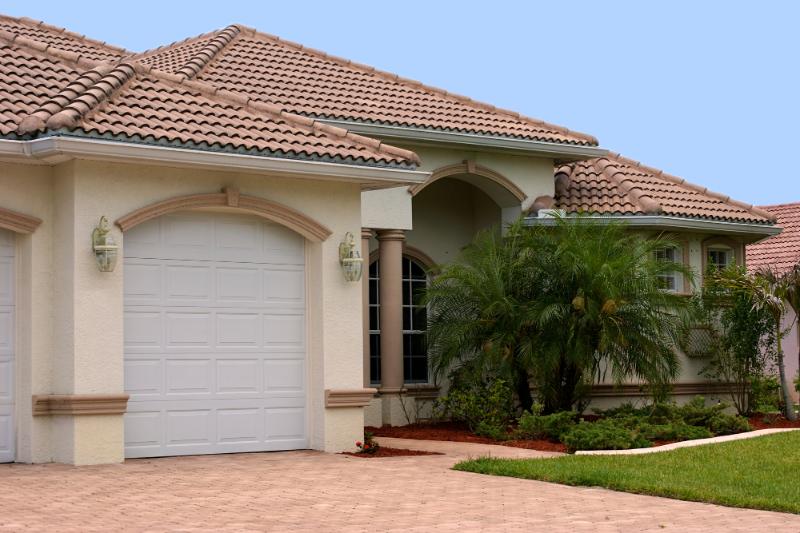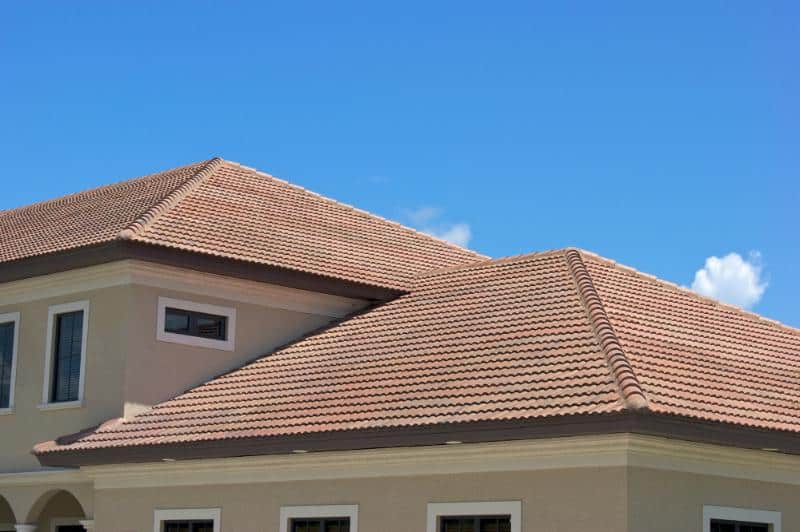Your roof does more than just provide shelter from the elements: it plays a critical role in your home’s energy efficiency. Discover how your roof impacts your energy usage in more ways than you might realize.
In the following sections, we’ll explore 7 key ways your roof affects your home’s energy efficiency so that you can understand the importance of regular maintenance, potential upgrades, and thoughtful design considerations — read on!

Maintenance
Regular maintenance of your roof is there to maintain the energy efficiency of your home. Cracked, loose, or missing shingles allow for heat loss in the colder months and heat gain during the summer, increasing your HVAC usage and energy bills. Even worse, unchecked dampness can cause mold and mildew and lead to serious health risks. The experts, such as the roofers at enterpriseroofingllc.com, recommend scheduling a professional roof inspection at least once a year to detect any potential problems before they escalate. Once you prioritize roof maintenance, you are well ahead of the game.
Insulation
A well-insulated roof acts as a barrier against extreme temperatures, keeping your home cozy in winter and cool during summer. Think of it as a thermal blanket for your house that minimizes the need for artificial heating or cooling, thus saving you substantial amounts on your energy bills. Insulation also reduces the chance of ice dams forming on your roof during freezing weather, a common problem that can cause roof damage and energy loss.
Consider the type, material, and age of your insulation — each of these factors can significantly impact your home’s energy efficiency. Upgrade to newer, more efficient insulation materials like spray foam or reflective foil barriers to make a noticeable difference in your energy consumption.
Ventilation
Proper ventilation is key to maintaining a healthy and energy-efficient roof. It allows hot air to escape during the summer, reducing the need for air conditioning, and preventing moisture buildup that can cause mold and mildew issues. Without adequate ventilation, your roof may experience premature aging and damage.
To ensure optimal ventilation, you must regularly clean your roof’s vents and check for any blockages. You may also want to consider installing a solar-powered attic fan or ridge vent system to improve air circulation.
Roof Color
Believe it or not, the color of your roof can impact your home’s energy efficiency. Dark-colored roofs absorb more heat from the sun, increasing the temperature inside your home and leading to higher energy usage for cooling. On the other hand, lighter-colored roofs reflect more heat and can keep your home cooler in the summer.
If you live in a hot climate, consider choosing a light-colored roof or coating your dark roof with a reflective material to reduce heat absorption. It’s a small change that can save you big on energy costs.
Solar Panels
Solar panels are an increasingly popular way to improve your home’s energy efficiency while harnessing clean energy. These panels absorb sunlight and convert it into electricity, drastically reducing the amount of power you need from the grid. Over time, the cost savings on your utility bills can offset the initial investment in solar power.
In addition to the financial benefits, solar panels reduce your reliance on fossil fuels and contribute to a healthier planet. Some energy providers even offer “net metering” programs where you can sell back excess power generated by your panels. To maximize these benefits, your roof should be structurally sound, with a pitch and orientation that gets plenty of sunlight.
Material
Traditional materials like asphalt shingles, while cost-effective, tend to absorb more heat, leading to higher cooling costs. In contrast, modern, energy-efficient materials like metal or cool roof shingles reflect more sunlight and heat away from your home, reducing your need for air conditioning.
Durable materials like slate and tile, though more costly upfront, offer long-term energy savings due to their longevity and insulating properties. Ultimately, the choice of roofing material should factor in your climate, budget, and long-term energy goals.
Roof Overhangs
Roof overhangs, also known as eaves, are the edges of your roof that extend beyond the walls of your home. They provide shade and protection from the elements, reducing heat gain in the summer and keeping rain or snow away from your walls and foundation. Depending on how much sunlight reaches your home, you may want to consider extending or adding overhangs for improved energy efficiency.
You can even design your roof with passive solar principles in mind, using overhangs to provide shade during the summer and allow sunlight into your home during the winter. This can further reduce your reliance on artificial heating and cooling methods.

Your roof is a pivotal part of your home’s energy conservation strategy. When you prioritize regular maintenance, invest in proper insulation and ventilation, make smart design choices, and consider the use of solar panels, you can enhance the energy efficiency of your home significantly. These strategies reduce your carbon footprint and lead to substantial savings on your energy bills. Every choice counts towards building a more sustainable future.
